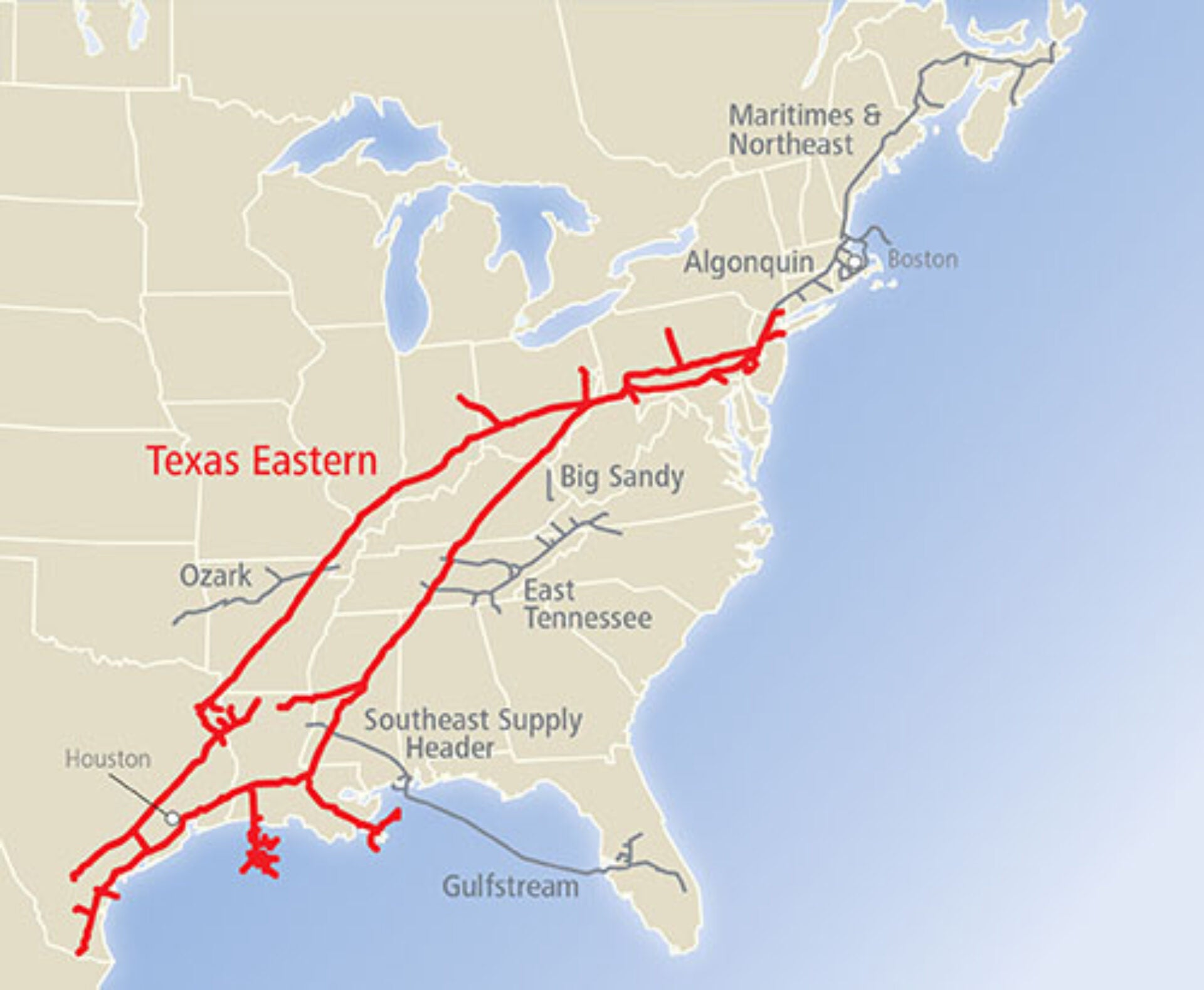
California and PA Pipeline Forecast Summer Energy Dialogue
The April 29 explosion on Spectra’s Texas Eastern natural gas pipeline in western Pennsylvania’s Westmoreland County has implications for the electric power grid and the public is going to start asking questions.
Namely, have we become more vulnerable in the age of gas?
Be prepared to hear more about gas supply disruptions in the news this summer, as State regulators in California have warned of up to 14 days of electricity blackouts this summer, due to natural gas supply shortages resulting from the massive gas leak that occurred from October 2015 through February 2016 at the Aliso Canyon underground storage facility.
Of course, this is an extreme example, and one that highlights a worst-case scenario that is likely to catch a headline or two.
The electric power grid has steadily become more dependent on natural gas over the past few years. In 2008, less than 7 percent of the power supply moving through the mid-Altantic electricity grid came from natural gas. By 2015, natural gas-fired power plants created almost 23 percent of the mid-Atlantic’s power supply.
And this is a national trend. The U.S. Energy Information Administration predicts that 2016 will be the first year that gas surpasses coal as the dominate fuel source for the U.S. electric power sector.
But unlike many of its competitors, gas plants can’t store huge stockpiles of fuel on-site. Gas plants depend on regional storage facilities and pipelines to stockpile and deliver fuel to support ongoing operations.
And this region has already experienced a little taste of what gas supply disruptions can mean for the power sector.
During the polar vortex of January 2014, electricity prices skyrocketed and the grid teetered at the edge of reliability as gas supply expected for power plants was diverted to heat homes and businesses. In hindsight, grid operators increased coordination with the gas sector and instituted market reforms to help prevent this from happening again.
The Texas Eastern line explosion happened at a time of year when demand for gas and electricity is relatively low, and so far the impacts have been manageable. If the explosion occurred in the peak winter or summer energy seasons, perhaps the outcomes would have been different.
But, when news coverage of the California blackouts starts to hit the mainstream, the public is going to be vulnerable to talking points and rhetoric about the dangers of gas dependency.
If you think what happens in California doesn’t matter, recall Enron.
The reality is that all of our energy technologies, fuels and systems have vulnerabilities.
The conversation shouldn’t be about gas being good or bad, nor should it be about fearmongering to suggest imminent gas supply failures. Given climate change concerns, it shouldn’t be a platform for calls to return to coal either.
Instead, public leaders and the gas industry should be getting in front of the issue and preparing to address public concerns. For example, decoding grid operator efforts to ensure the lights stay on even when gas supply is cut off.
There should also be important discussions about long-term planning for the nation’s resource needs and how newer technologies – like energy storage, solar and energy efficiency devices – also offer opportunities for manageable grid evolution.
Christina Simeone
Kleinman Center Senior FellowChristina Simeone is a senior fellow at the Kleinman Center for Energy Policy and a doctoral student in advanced energy systems at the Colorado School of Mines and the National Renewable Energy Laboratory, a joint program.

